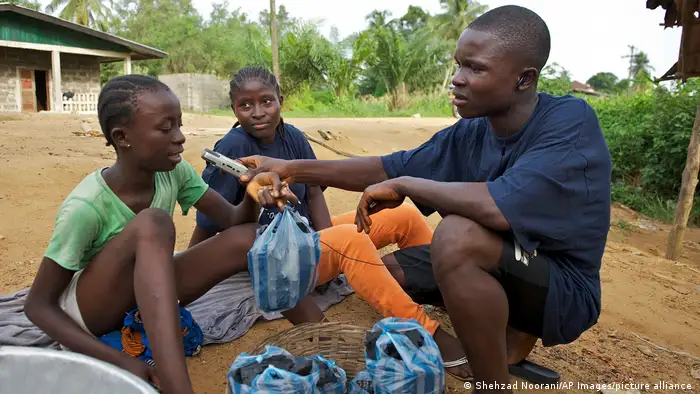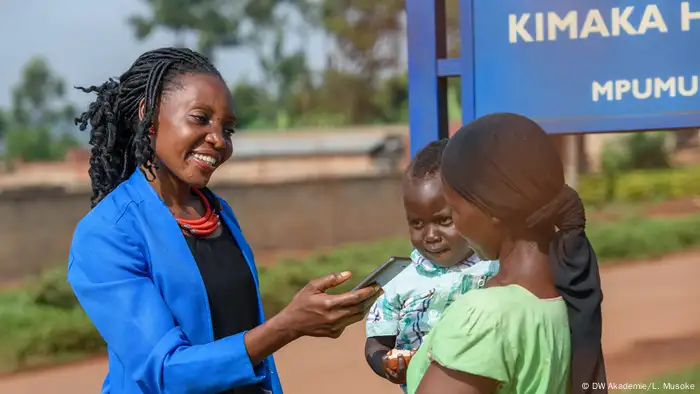Constructive Journalism
Constructive journalism: A practical toolkit for trainers
Many media outlets are looking for alternative storytelling models in the face of growing news fatigue. DW Akademie's new toolkit for constructive journalism details the model's possibilities.
A major observation that media professional are making these days is that people are exhausted by the constant stream of problem-oriented reporting on crises and disasters. But studies, such as the recent Reuters report Journalism and media trends and predictions 2023, show that approaches such as constructive journalism can counter this fatigue by inspiring people, encouraging them to seek solutions and stand against division and polarization.
DW Akademie's new trainer toolkit explains the basics and provides practical tips for teaching constructive journalism. The content and training material are tailored to two target groups: practicing journalists in print, online, radio and TV, as well as for executives in media houses who have program and budget responsibility.
Three modules
The approaches of constructive journalism
The toolkit consists of three modules that can be used flexibly. Module 1, the "Showroom", explains the philosophy and concept of constructive journalism against the backdrop of global crises and social change. Module 2, the so-called "Factory Floor", takes a closer look at the production of constructive articles and features. It provides practical tips on brainstorming, research and story development, as well as on the conception, production and post-production of visual features. In addition, possibilities for greater user involvement in media production and new dialog formats are presented. Module 3, the so-called "marketplace", deals with the marketing of constructive stories and strategies for introducing such approaches in everyday editorial work.
In addition to basic knowledge, all modules contain suggestions for possible learning objectives, expanded training plans, practical handouts, checklists and basic prepared presentations.
A central aspect of the toolbox is flexibility. Thus, the contents can be individually organized according to need, budget and timeframe. Trainers orient themselves according to their own prior knowledge and that of the respective target group and can set individual focal points. Each chapter is marked for ease of use. For example, articles that cover important core concepts are marked as "basic". For workshops with a practical portion, there are suggestions for training sessions as well as "homework". These exercises can be done individually or in pairs/groups.
Background
The Trainer Toolkit for Constructive Journalism was developed as part of the first Global Crisis Initiative of the German Federal Ministry for Economic Cooperation and Development (BMZ) with experts from Africa, the MENA region and Asia. Since then, the toolkit has been used widely for training and mentoring. The toolbox will continue to be updated as a living document to include new developments and future research findings.
The toolkit for trainers (in English) is available at www.constructive-journalism.com
For questions regarding content, contact: dw-akademie.constructive-journalism@dw.com
DW recommends
- Date 02.05.2023
- Feedback: Send us your feedback.
- Print Print this page
- Permalink https://p.dw.com/p/4QIOx
- Date 02.05.2023
- Send us your feedback.
- Print Print this page
- Permalink https://p.dw.com/p/4QIOx


